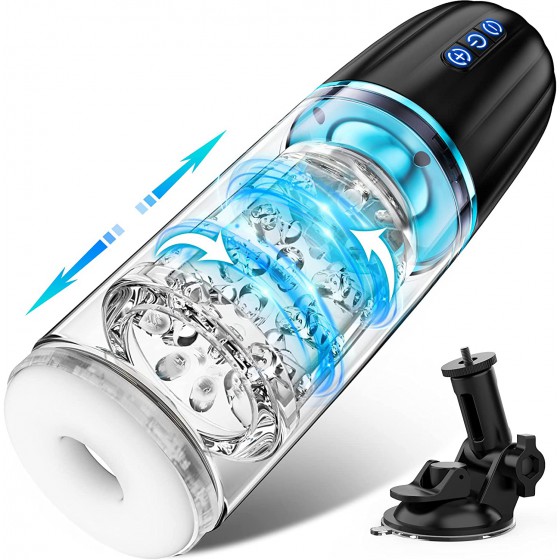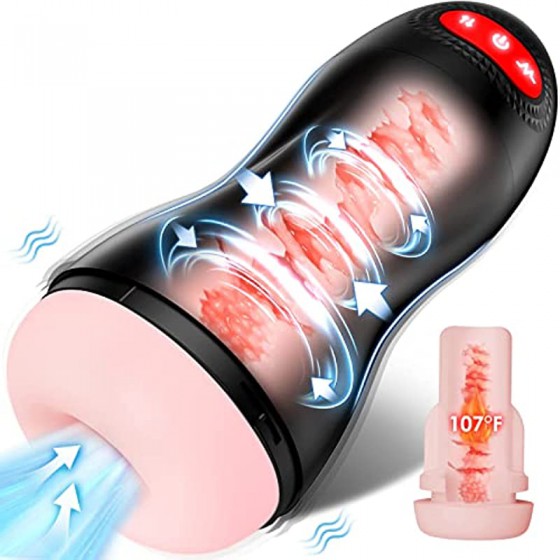Signs of sexually transmitted diseases in women
Clues of women getting STDs
Female STDs have attracted more and more attention from female compatriots. Now the ratio of male and female STD patients has reached 1.4:1. Because the characteristics of male diseases are more obvious, while female diseases The characteristics usually have no special manifestations, so the best time for diagnosis and treatment is often delayed, and the condition is delayed. Here are six signs of female diseases for your reference.
Signs of sexually transmitted diseases
Signs 1. Increased leucorrhea, which is yellow or green pus, often accompanied by pain during urination, increased urination frequency, and sometimes inability to urinate.
Tip: Gonorrhea
It is worth reminding that some women may be asymptomatic or have mild symptoms after being infected with gonorrhea, which often delays treatment. Most male gonorrhea patients have obvious symptoms, and gonorrhea is more easily passed from male to female than from female to male. If a woman has sexual contact without a condom with a man who has gonorrhea, her chance of becoming infected is 40-60%. Therefore, women should learn to protect themselves and avoid sexual contact with men with gonorrhea symptoms. If risky sexual behavior has occurred, even if the woman has no symptoms, she should go to the hospital for examination to get early diagnosis and treatment.
Sign 2. Increased leucorrhea, which is like tofu dregs, white, agglomerated, and significantly increased in quantity. It is often accompanied by internal and external itching, which is often very intense.
Tip: Candida (fungus) vaginitis
This disease can be transmitted to each other through sexual intercourse, so it is a sexually transmitted disease in a broad sense. Different from other sexually transmitted diseases, candida vaginitis is a very common female vaginal inflammation. 75% of women will suffer from it once in their lifetime, and 40-50% will have more than two attacks. Judging from the age of onset, the most common age is the sexually active period around 20 years old, and the lowest incidence rate is over 50 years old. Some women are infected through ways other than unclean sex: for example, they do not pay attention to the cleaning of the vulva or use unclean toilet paper and sanitary napkins; extensive use of broad-spectrum antibiotics kills normal bacteria in the vagina, leading to bacterial flora imbalance, which is beneficial to Diseases caused by fungal growth; diabetics are susceptible to Candida vaginitis due to high blood sugar levels.
Sign 3. The vulva is extremely itchy, the leucorrhea increases, there may be foam, and there is often yellow liquid on the underwear.
Tip: Trichomonas vaginitis
This disease can also be transmitted to each other through sexual intercourse and is a sexually transmitted disease in a broad sense. Generally, women suffer more from trichomonas vaginitis, mainly due to the destruction of the natural acidic environment of the vagina. However, men are less likely to be infected, and most of them are asymptomatic.
Sign 4. There are ulcers on the genital surface. It usually manifests as a mirage major or an induration of about 1 cm in diameter on the inner side of the labia minora, with mild ulceration on the surface. Women often don't feel any discomfort and the ulcer disappears in about a month.
Tip: Early (first stage) syphilis
This kind of ulcer is what is called "hard chancre" in medicine, and is a special manifestation of early syphilis. There are a large number of pathogens on the surface of the chancre, and the probability of infection after contact is extremely high. However, because it disappears automatically and is not painful or itchy, women and sexual partners often do not pay attention to it.
Sign 5. There are many red spots on the body. The color is relatively dark. You need to look carefully to find them. They are not itchy.
Tip: Secondary syphilis
Generally, if the chancre of syphilis is not treated in time, it will develop into secondary syphilis. The most typical ones are dark red spots that appear on the palms and soles of the feet, and there may also be peeling skin around them. If it is not discovered and treated in time at this time, syphilis will develop to an advanced stage, involving multiple organs throughout the body, making treatment difficult, prolonging the course of the disease, and even life-threatening. Moreover, if pregnant women infected with syphilis are not treated in time, the disease will be transmitted to the fetus, so they need to be paid special attention to.
Sign 6. Cauliflower-like or jagged-shaped creatures appear around the vaginal opening. There is no pain when touched, and there is no feeling at all.
Tip: Genital warts
The epidermis of this growth is not red, but is often grayish-white or the color of the skin. If left alone, the growths will grow larger and more numerous, filling the vaginal opening and even blocking the vagina. This feature can be used to identify pseudogenital warts in women. Pseudocondyloma will not grow or increase in number and is not contagious. As long as you pay attention to cleaning and reduce the local stimulation of leucorrhea, the symptoms can be alleviated and no treatment is required.













